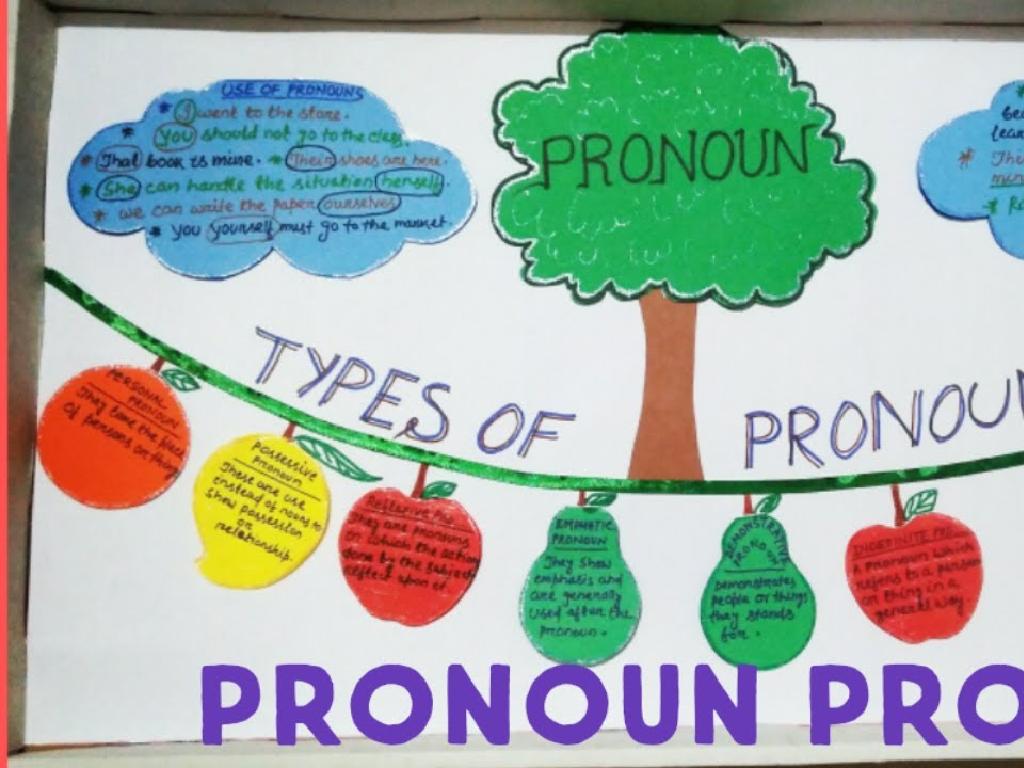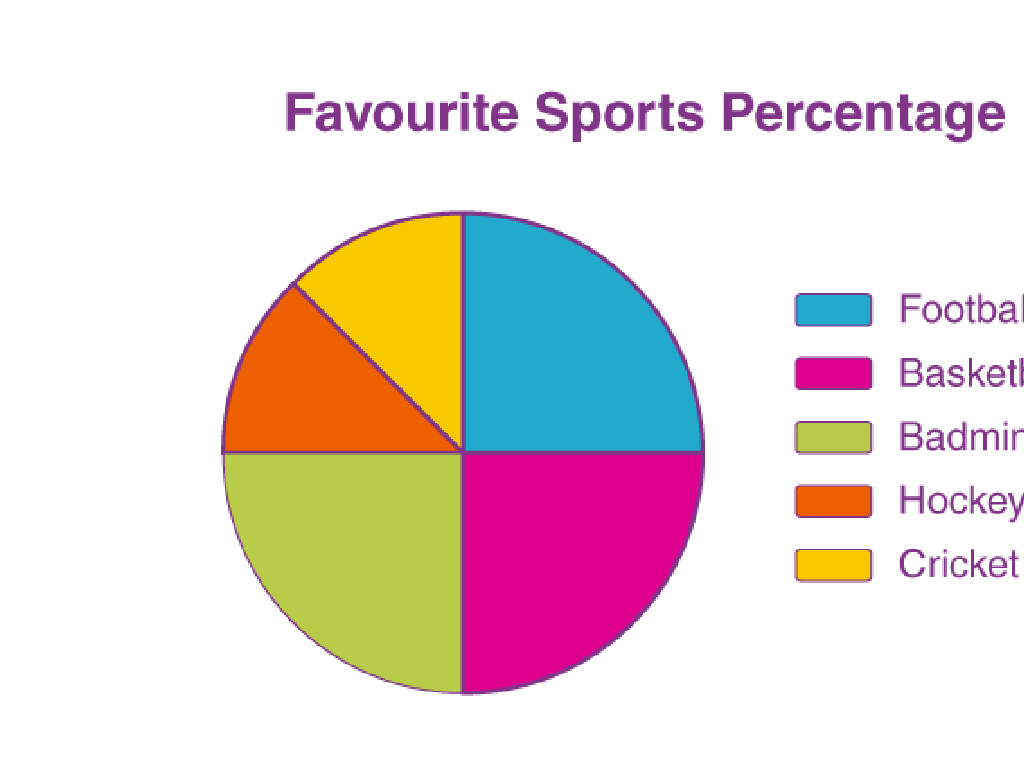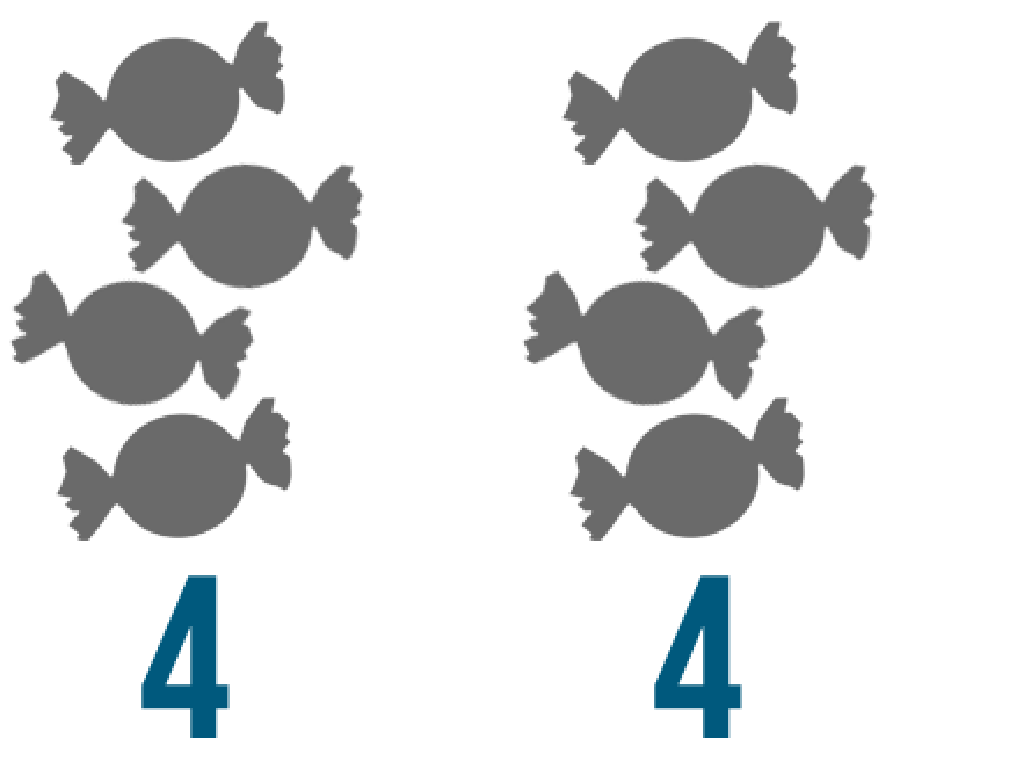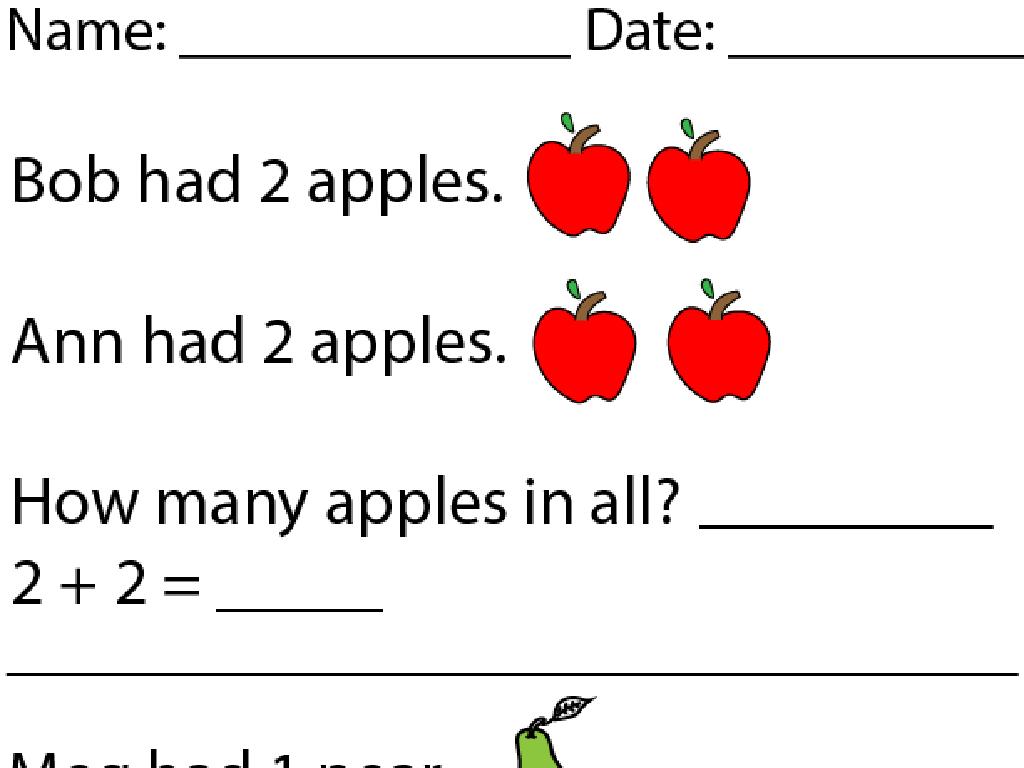Sequences: Word Problems
Subject: Math
Grade: Seventh grade
Topic: Sequences
Please LOG IN to download the presentation. Access is available to registered users only.
View More Content
Welcome to Sequences: Solving Word Problems
– Understanding patterns in sequences
– A sequence is an ordered list of numbers following a specific pattern.
– Sequences in daily life
– Daily examples: Days of the week, monthly rent payments, or class schedules.
– Preview: Word Problems with Sequences
– We’ll learn how to solve problems that involve finding terms in a sequence.
– Strategies for solving sequence problems
– Use formulas and identify patterns to find sequence terms.
|
Today’s lesson will introduce students to the concept of sequences in mathematics, emphasizing the recognition of patterns as a fundamental skill. We will explore how sequences appear in everyday situations, such as in scheduling or financial planning, to make the concept more relatable. The main focus will be on solving word problems involving sequences, which will require students to apply logical reasoning and mathematical formulas. Encourage students to think critically about the patterns they observe and to practice with examples. Provide guidance on using the general term formula for an arithmetic sequence and demonstrate how to dissect a word problem to identify the sequence and its elements.
Understanding Sequences in Math
– Define a mathematical sequence
– An ordered list of numbers following a specific rule
– Explore simple sequence examples
– Like 2, 4, 6, 8 (adding 2) or 5, 10, 15, 20 (multiplying by 5)
– Learn to identify sequence patterns
– Look for the rule that connects the numbers in the sequence
– Practice with sequence word problems
|
This slide introduces the concept of sequences in mathematics, which is a foundational topic for understanding patterns and relationships between numbers. Start by defining a sequence as an ordered list of numbers that are linked by a clear rule or pattern. Provide simple examples of sequences, such as even numbers or multiples of a number, to illustrate the concept. Teach students how to identify the pattern that defines the sequence, whether it’s addition, subtraction, multiplication, or division. Encourage students to practice with word problems that involve sequences to apply what they’ve learned in a practical context. This will help them develop problem-solving skills and an understanding of how sequences are used in real-life situations.
Types of Sequences in Mathematics
– Arithmetic sequence patterns
– An ordered list where each term is a fixed number more than the previous one.
– Geometric sequence patterns
– Each term is multiplied by a fixed number to get the next term.
– Distinguishing sequence types
– Compare differences or ratios to identify sequence type.
– Practice with examples
– Use examples to apply knowledge and identify sequence types.
|
This slide introduces students to the concept of sequences in mathematics, focusing on arithmetic and geometric sequences. Arithmetic sequences have a common difference between consecutive terms, while geometric sequences have a common ratio. It’s crucial for students to understand the pattern of each sequence type to distinguish between them. Provide examples of both sequence types and guide students through the process of identifying the pattern. For instance, in the sequence 2, 4, 6, 8, the common difference is 2, making it arithmetic. In the sequence 3, 6, 12, 24, each term is multiplied by 2, making it geometric. Encourage students to practice with various examples to solidify their understanding.
Sequences in Word Problems
– Understanding word problems
– Word problems describe a situation mathematically
– Significance of word problems
– They apply math to real-world situations
– Identifying sequences in problems
– Look for patterns or series of numbers
– Strategies for solving sequences
– Use formulas and find the common difference
|
This slide introduces students to the concept of word problems and their relevance in applying mathematical sequences to real-life situations. Word problems require students to translate a textual scenario into a mathematical one, which is a critical skill in math proficiency. Emphasize the importance of word problems in developing critical thinking and problem-solving skills. Teach students to identify sequences by recognizing patterns or a series of numbers that follow a specific order. Provide strategies for solving sequence problems, such as using formulas to find the nth term and determining the common difference in arithmetic sequences. Encourage students to practice with examples and to approach word problems methodically by breaking them down into smaller, manageable parts.
Solving Sequence Word Problems
– Carefully read the problem
– Determine the sequence pattern
– Look for a consistent pattern in the sequence
– Derive the sequence formula
– Use the pattern to form a formula, often an_n = a_1 + (n-1)d
– Use the formula to find the solution
– Apply the formula to calculate the missing terms
|
This slide is aimed at guiding students through the process of solving word problems involving sequences. Start by emphasizing the importance of reading the problem thoroughly to understand what is being asked. Next, instruct students to identify the pattern in the sequence, such as a constant difference in arithmetic sequences. Once the pattern is recognized, guide them to express it as a formula, which is a critical step in solving sequence problems. Finally, demonstrate how to apply the formula to find the solution to the problem. Encourage students to practice with different types of sequences and provide examples that require them to use the formula in various contexts.
Solving Sequence Word Problems
– Read the problem together
– Determine the sequence type
– Is it arithmetic, geometric, or neither?
– Solve the problem step by step
– Use the sequence formula and find the pattern
– Discuss the solution collectively
– Share different approaches and answers
|
This slide is aimed at engaging students in a collaborative problem-solving activity focused on sequences. Start by reading the word problem aloud as a class to ensure everyone understands the context. Next, guide students to identify whether the sequence in the problem is arithmetic (with a constant difference between terms) or geometric (with a constant ratio). Work through the problem methodically, demonstrating how to apply the appropriate formula or pattern recognition to find the solution. Finally, open the floor for a class discussion, allowing students to share their methods and solutions, fostering a deeper understanding through peer learning. This activity will not only enhance their problem-solving skills but also their ability to work as a team.
Sequence Word Problems: Practice Activities
– Solve problems individually
– Use the sequence skills you’ve learned to work through problems on your own.
– Compare solutions with a partner
– Pair up and share your approaches and answers with each other.
– Discuss answers as a class
– We’ll go over the problems together and clarify any doubts as a group.
|
This slide outlines the structure for the practice session on sequence word problems. Begin with individual practice, allowing students to apply their knowledge independently. This fosters self-reliance and problem-solving skills. Next, have students pair up to discuss their solutions, promoting peer learning and collaboration. Finally, bring everyone together for a group discussion to review the answers, ensuring collective understanding and addressing any misconceptions. Provide guidance and encouragement throughout, and prepare to offer hints or strategies as needed. Have at least 4-5 different problems ready for students to solve, with varying levels of difficulty to cater to the diverse skill levels in the class.
Class Activity: Crafting Sequence Word Problems
– Instructions for problem creation
– Collaborate in small groups
– Work together to think up a creative sequence problem
– Present your problem to the class
– Share your group’s problem; explain the sequence clearly
– Solve problems as a class
– Engage with each problem, apply sequence concepts to find solutions
|
This activity is designed to foster collaboration and deepen students’ understanding of arithmetic sequences through practical application. Begin by explaining the steps to create a word problem involving sequences. Divide the class into small groups, allowing them to use their creativity and understanding of sequences to develop their own word problems. Each group will then present their problem to the class, and together, the class will work through solving each one. This not only reinforces the concept of sequences but also enhances problem-solving and presentation skills. As a teacher, provide guidance and ensure that each group’s problem follows a logical sequence pattern. Possible activities could include creating a story-based problem, using real-life scenarios like saving money, or growth patterns of plants or animals.
Wrapping Up: Sequences and Their Significance
– Review of sequence concepts
– Sequences in math and real life
– Patterns in nature, music, and coding
– Homework: Practice problems
– Solve problems to reinforce today’s lesson
– Emphasize continued learning
|
As we conclude today’s lesson on sequences, it’s important to recap the key points and ensure students understand the practical applications of sequences in various aspects of life, such as natural patterns, rhythms in music, and even computer programming. For homework, students should solve additional word problems to solidify their grasp of the concepts. This practice will help them recognize patterns and use sequences to solve problems more intuitively. Encourage students to approach the homework with a problem-solving mindset, applying what they’ve learned to new situations.






